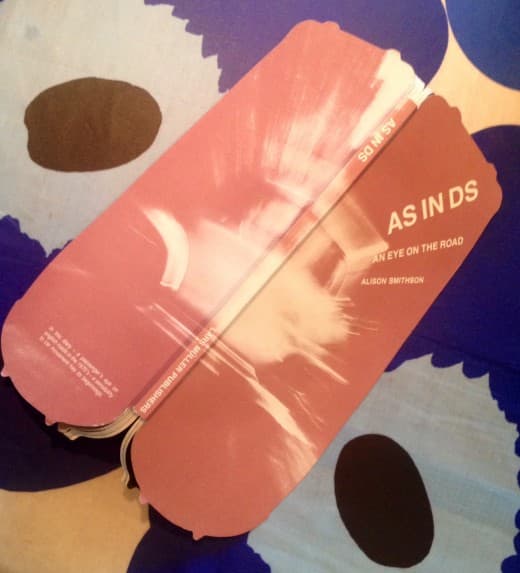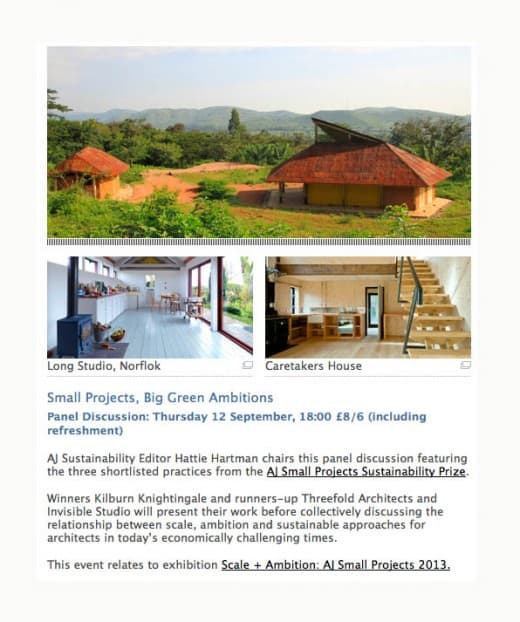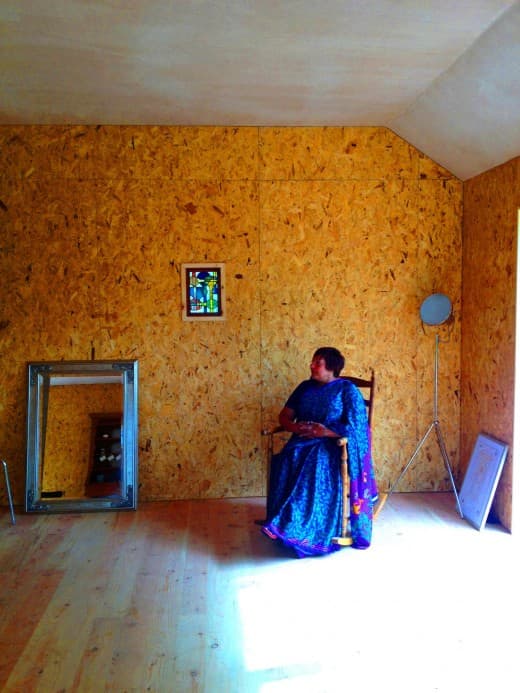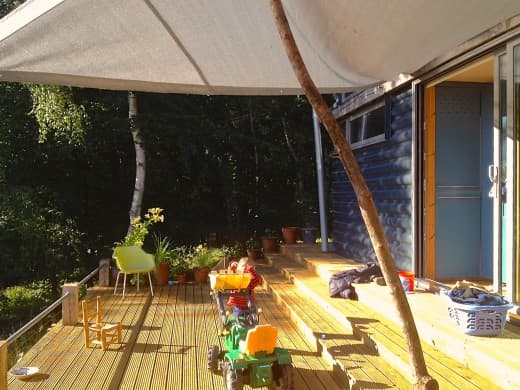 It’s struck me recently just how alike architecture and cycling are, in the manner that they are practised. They each have a categorical method of practice that is absolutely clear – but only to those that are familiar with their unspoken, unwritten code of conducts (and I don’t mean all that RIBA guff). Step millimetrically across the invisible line on to the other side, and howls of derision will meet you. It takes a while to become accustomed – but once you’re there, oh, the delicious security of the conventions of a small group.
It’s struck me recently just how alike architecture and cycling are, in the manner that they are practised. They each have a categorical method of practice that is absolutely clear – but only to those that are familiar with their unspoken, unwritten code of conducts (and I don’t mean all that RIBA guff). Step millimetrically across the invisible line on to the other side, and howls of derision will meet you. It takes a while to become accustomed – but once you’re there, oh, the delicious security of the conventions of a small group.
I remember when I started cycling years ago, I thought I’d mastered the art of belonging. Custom fillet brazed steel frame? Check. Period Italian gruppo? Check. Valves aligned with tyre logos? Check.
Oh, how we loved being so right. Oh, the smugness of those (us!) in the know. Oh, the derision when someone transgressed our mean little codes. Gosh, how we sniggered when someone turned up on a bike that they – wait for it – had bought from a shop. A SHOP! Not just a massed produced bike, but one with Japanese gears, and a frame made from plastic somewhere in the Far East! (Well, he called it carbon fibre, but we all sneered that it was plastic, and didn’t he know that bikes were supposed to be made from metal?).
I remember too when someone turned up with a saddle bag, someone else with a pump attached to their frame, and someone, once, with a mountain bike visor attached to their helmet. My God, how we laughed. Even though many of us have become a little more accommodating over the years – or if not accommodating, maybe a little more understanding – we still size up every other cyclist from several hundred yards away, and work out whether to acknowledge them with our knowing little half nod.
And you know what? Architecture is just like this. Gosh, how we all embraced those codes and conventions in every aspect of our lives when we were students. I remember when one of our Tutors turned up in a Japanese car – a fucking Daihatsu Charade! We never, ever, took him seriously again. How stupid could he be? How unknowing? Wasn’t this in part what architectural education was? Teaching us how to belong – and if a tutor couldn’t teach us this, what on earth else was there? Everyone knew there were only a few cars you could have. An early DS19 (with the right lights, and preferably the right bike on the roof) was the one to have if you could afford it. An old Mercedes W123 if you couldn’t. And a Peugeot 404 if you couldn’t afford that. Or, last stop, a 504. Almost nothing else, even if you didn’t give a shit about cars. But you couldn’t not give a shit, because, well, you were an architect, no?
Back to buildings though. I’m so pleased I’ve been reminded us that there’s property, and there’s architecture, and fuck me, they must never, ever, meet. I’m so glad he reminded us, because I slipped up. I’d imagined that maybe this thing we called architecture could be opened up a little bit, in much the same way that the transgressions I’ve been making recently as a cyclist have been making me a little happier. You know what? I went for a ride recently with someone who had a mass produced, shop bought bike, and guess what? I wasn’t tainted by his gaucheness. Au contraire, I had a great time, and discovered that even someone who transgressed our codes could be a human being.
I’ve made a few similar transgressions in architecture, recently, and bloody hell, it’s fun. I’d almost go as far as saying it is life affirming. Usually, we can only make these transgressions if we can somehow aestheticise them – think the poverty-porn images of Rural Studio’s inhabited buildings (yup, I love ‘em too) which show us that it’s fine to open up architecture, as long we can get a cool image.
But generally, if we open our door a chink and attempt to have a wider conversation about whether or not architecture can go beyond the pages of the journals, if we dare to speak of it in terms that people (yes, people!) can understand – ooh, the howls of protest! That’s the wrong type of transgression. That’s the type of transgression that our once great profession needs protecting from. And maybe that’s right. Maybe we need to keep it as a little group of self-serving practitioners, speaking in code, acknowledging each other with our knowing little half nod, preaching to the converted. Maybe. I’m not convinced. But I’m going to try and find out.
P.S. Alison Smithson? Yup she got it. Wrong lights though.


